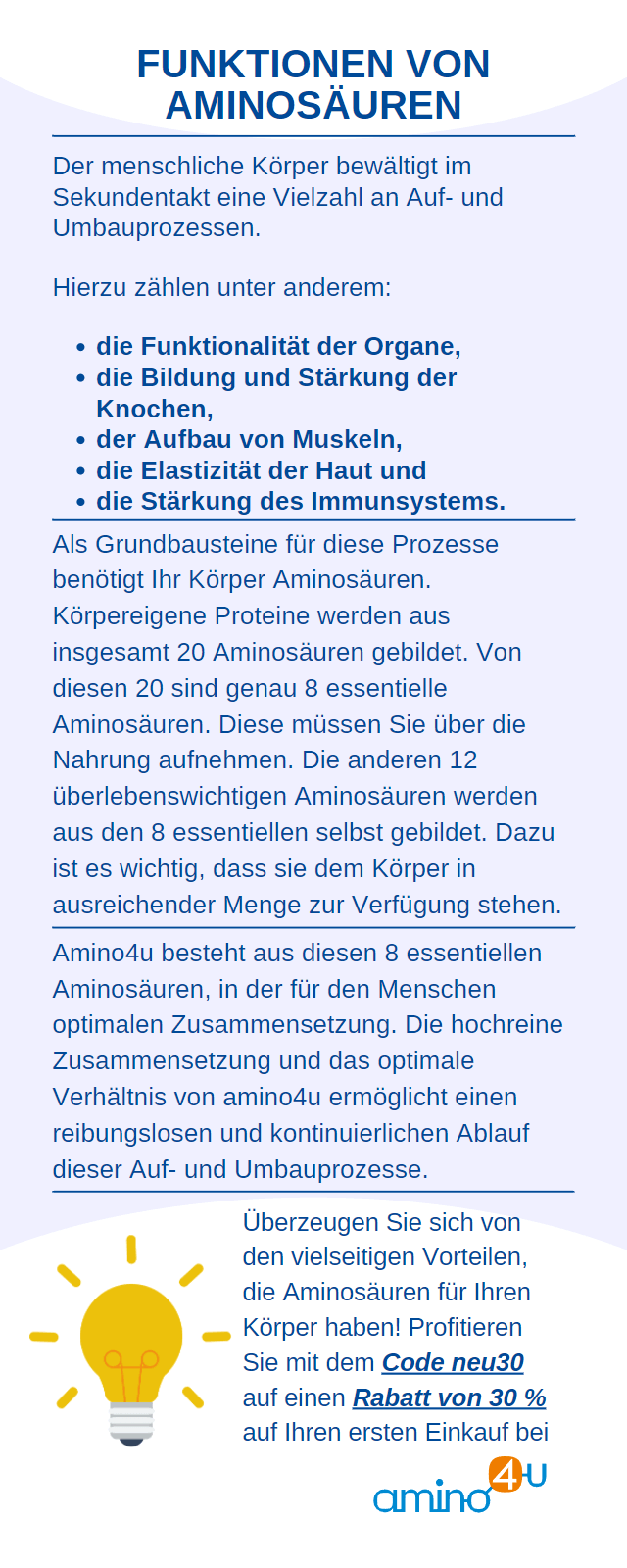Warming up before strength training sessions is an important element in preparing the muscles for the strain. Similar to stretching after strength training, the topic is sometimes controversial today. Some experts and sports trainers consider the warm-up phase unnecessary, others stick with it. In this article we summarize the most important aspects.
We also present exercise units with which you can initiate strength exercises . Strength training and warming up still form a very useful combination today. That's certainly true if we do it right.
Cold or warm on the weights?
Some sports experts compare starting training without a warm-up exercise as a cold start . Comparable to a cold engine that is brought to maximum speed without any further preparation.
Others are convinced that there is no need for a warm-up phase before we start using the devices.
What happens in our body when we warm up our muscles ?

Better blood circulation and more elasticity
Warm-up phases before training lead to increased blood flow to the tissue. In this way, nutrients are better transported to the smallest branches of the bloodstream and muscles. At the same time, one or two warm-up exercises serve to increase the elasticity of the tendons and ligaments.
These parts of the connective tissue in particular can be very sluggish. They are particularly at risk from injuries and require intensive training to develop and recovery periods. From all of these points of view, a regular warm-up session before strength training makes sense .
Warm body elements are more efficient, especially in areas where there are many tendons and ligaments next to the muscles, such as the leg area. It is therefore important to remember to do preparatory warm-up sessions before strength training of the legs and before shoulder exercises.
To stretch before training or not?
Warm-up exercises used to include comprehensive stretching exercises before training . However, recent studies indicate that a warm-up exercise should not be a stretching exercise. A Greek study was able to prove that stretching sessions before strength training can hinder the development of strength. This can also ultimately have an impact on muscle growth.
Strength training and warming up go together , but stretching doesn't belong in the time before training.
Warm-up exercises strength training: Which exercises warm up the muscles?
Full-body exercises are regularly recommended for warm-up sessions . The recommendations call for exercises for periods between 5 and 15 minutes.
Typical examples are compiled in this video:
As a rule, you can do the exercises to prepare the muscles for training without any equipment. However, some personal trainers also recommend exercises on a bike, stepper or treadmill. Exercises that involve moving both the legs and the arms are particularly interesting.
Very simple exercise sequences can also be used here.
For example, think about...
- the typical jumping jack,
- running in place,
- swinging your arms
- Jumping rope that warms up the entire body.
Shoulder exercises and preparation units for strength training of the legs should find their place in every warm-up unit.
In these areas there are sensitive tissue units such as tendons and ligaments that can tolerate a little more elasticity before physical exertion.

How intense are warm-up sessions?
In terms of intensity, you may start to sweat a little while doing these exercises. You may feel that you are warming up for strength training . You feel the better blood circulation and the warmed tissues. Warming up should not lead to exhaustion. Otherwise you won't have the strength or motivation for strength training later.
With a little practice you will find the right intensity for your training and warm-up. If you start again after a break from sport, you may initially need slightly less intensive exercises to prepare your muscles . There is still a lack of stamina here and exhaustion sets in more quickly.
You may also be able to limit the warm-up phases here to a period of 3 to 5 minutes .
Does stretching have its place?
Many fitness trainers and personal trainers recommend a warm-up phase as well as a warm-down phase. Training plans then include another short cardio session involving the arms after training. Here, strength training is regularly followed by a five-minute warm-down phase.
Stretching also has its place here. Stretching after strength training is still recommended by most experts, although there are differing opinions in this area.
It is still believed that stretching after exercise can reduce the risk of injury. You should also not forget that intensive strength exercises lead to strong muscle tension in some areas. Stretching exercises relax the muscles a little.
According to the prevailing opinion today, stretching cannot prevent sore muscles. This phenomenon is due to fine fiber tears in the muscles and therefore the smallest injuries. Muscle tension is not responsible for muscle soreness.
Is training possible despite sore muscles?
Are you just starting out with strength training sessions? Have you had a long break? Then you may have many questions. People often ask how training is going despite muscle soreness . In the past , people trained hard to combat sore muscles . Today the recommendation is to protect the stressed muscles and continue training with a load elsewhere.
That also makes sense. Muscle growth occurs during muscle recovery . Muscles do not grow during exercise. It is therefore appropriate to develop a training plan that uses different muscle groups alternately and on a daily basis.
While one muscle group recovers, another may be challenged. This way you can set up a suitable weekly plan. To emphasize it again at the end : Training despite sore muscles? No!

Nutrition and strength training
Muscle training doesn't just include warming up, warming down and dealing with sore muscles correctly. More muscles are only created when the muscles have sufficient building materials available. For this you need protein and, as the smallest protein building blocks, the amino acids . They are the building material that your muscles need for more growth .
During intensive training and increased physical activity, protein requirements may be increased . Then the normally recommended 0.8 g/kg of body weight may no longer be enough for you. People who are physically active may need between 1.6 and 2.4 g of protein per kilogram of body weight.
This requires a varied and well-composed diet . However, in some cases it may be right to take in additional amino acids through nutritional supplements . Not all dietary protein can be used equally by the body. Vegans and vegetarians in particular may have an increased need for amino acids and proteins .
Often it is combinations of animal and vegetable protein that the body can process particularly effectively. Keep protein in mind when aiming for muscle growth through strength training.
How do you train correctly?
In this article we've already learned a lot about warm-ups, stretching after strength training and training despite sore muscles. You now know that strength training and warming up make an important combination. You have also learned some warm-up exercises . Sometimes we develop a particular preference for one or another warm-up exercise.
However, we should not become too one-sided. Warm-up exercises can and should vary . For the actual strength training sessions, we should develop a training plan or have it developed by an expert. In order to avoid muscular imbalances, strength training should be as varied as possible and train the entire body.
Shoulder exercises are followed on another day with a focus on strength training for the legs. This is then followed by units for the abdomen and core muscles. When warming up, we basically address the whole body. Let's make strength training with a warm-up the rule .

Warm-up exercises Strength training: The muscles perform more
If we precede our strength training with warm-up exercises as sensible whole-body exercises , we prepare the muscles ideally for the subsequent effort. Which warm-up exercise we choose in each individual case is not important. Warm-up exercises should generally involve the whole body.
We shouldn't stick to one warm-up exercise , but should keep trying different variations. This is also a lot more fun.
So the next time you do strength training, remember : Don't forget to warm up and don't forget to warm down either.
